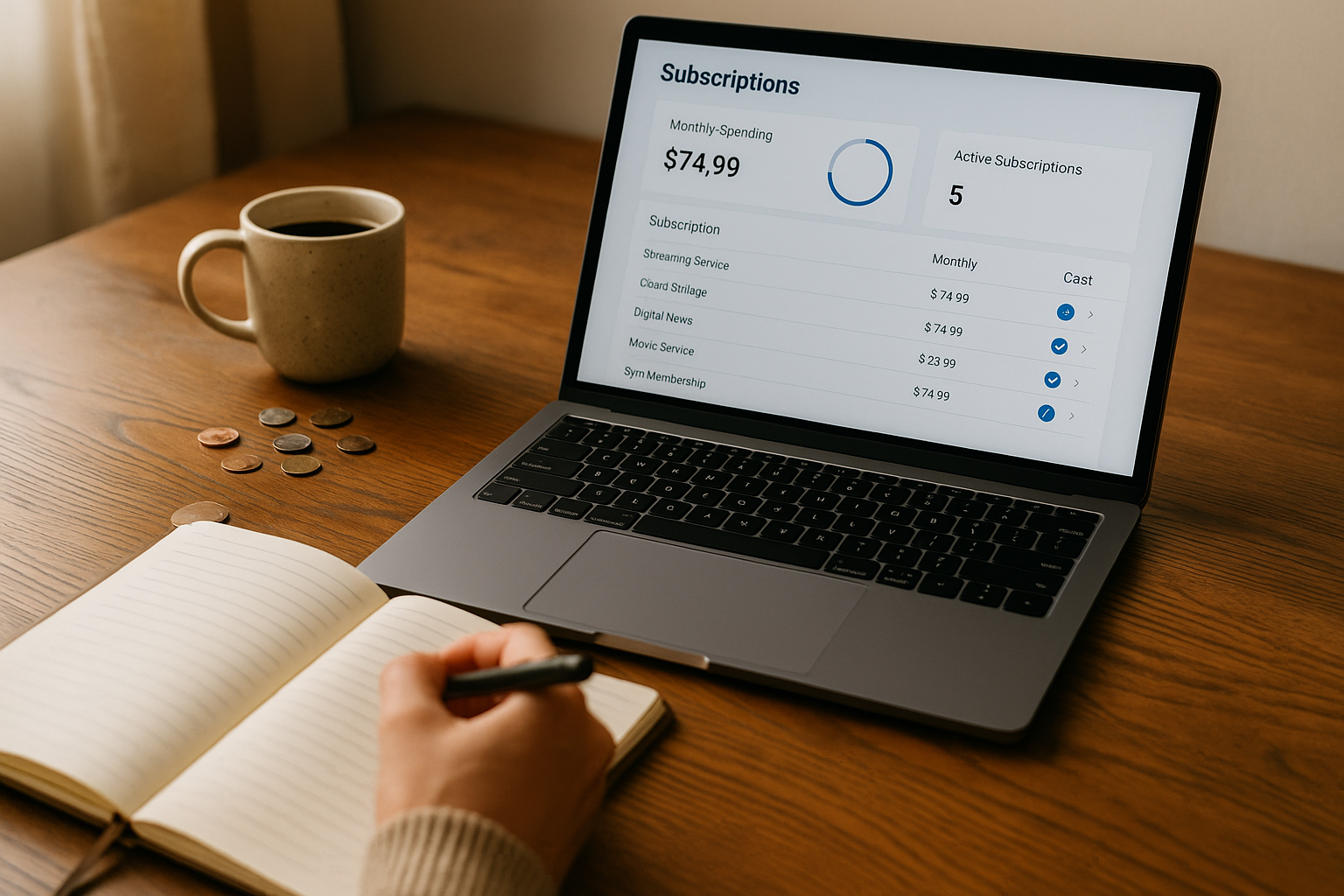For many networking for introverts can feel daunting: small talk at events, walking into a room full of strangers, and the pressure to “work the room.” Yet thoughtful professional networking doesn’t require you to become an extrovert. By leveraging your natural strengths—listening, empathy, and depth—you can master networking skills that lead to genuine, lasting building relationships without the overwhelm.
Understanding Introvert-Friendly Networking
Introverts tend to prefer one-on-one or small group conversations over large crowds. Recognizing your comfort zone is the first step. Networking isn’t about collecting business cards; it’s about forming two-way connections where both parties feel heard and valued.
Overcoming Common Challenges
- Fear of Small Talk: Replace aimless chit‑chat with open‑ended questions about the other person’s work or interests.
- Energy Depletion: Schedule breaks between events or conversations to recharge—step outside or find a quiet corner.
- Self-Doubt: Prepare a concise personal introduction (“elevator pitch”) highlighting your passions and strengths.
Strategies to Build Relationships Naturally
- Focus on Quality Over Quantity: Aim for 3–5 meaningful conversations per event rather than greeting everyone in the room.
- Ask Thoughtful Questions: Show genuine curiosity—“What projects are you most excited about?” or “How did you get started in your field?”
- Share Your Expertise: Offer insights or resources related to the discussion topic to demonstrate value and establish credibility.
- Practice Active Listening: Reflect back what you hear—“So you found that marketing campaign particularly effective because…”—to deepen rapport.
Leveraging Digital Tools
- LinkedIn Networking: Send personalized connection requests referencing a shared interest, article, or event.
- Online Communities: Join niche forums or social media groups where you can contribute thoughtfully on your schedule.
- Virtual Coffee Chats: Use video calls for low‑pressure one‑on‑one meetings—schedule 15‑minute chats instead of large webinars.
- Content Creation: Publish articles or posts showcasing your expertise; inbound messages often lead to more comfortable follow‑ups than cold outreach.
Preparing for In-Person Events
- Set Specific Goals: Identify two or three people you want to meet or topics you want to explore.
- Arrive Early: Smaller crowds upon arrival make it easier to start conversations in a relaxed environment.
- Bring a Wingperson: Partner with a colleague or friend for support—introductions between the two of you can ease initial nerves.
- Use Nonverbal Cues: Smile, maintain open posture, and make eye contact to signal approachability.
Maintaining and Deepening Connections
- Follow Up Promptly: Send a brief thank‑you email referencing something specific you discussed.
- Offer Value: Share an article, event invite, or contact that aligns with their interests.
- Schedule Check‑Ins: Plan quarterly or semi‑annual catch‑ups via phone or coffee to nurture the relationship.
- Keep Notes: Maintain a simple CRM or spreadsheet with key details—interests, projects, and next steps—to personalize future conversations.
Conclusion
Mastering networking skills as an introvert is less about forcing extroverted behaviors and more about capitalizing on your strengths: listening deeply, asking meaningful questions, and building trust. By combining intentional planning, digital strategies, and genuine follow‑up, you’ll transform professional networking from an awkward chore into a powerful tool for building relationships that support your career growth and personal fulfillment.









